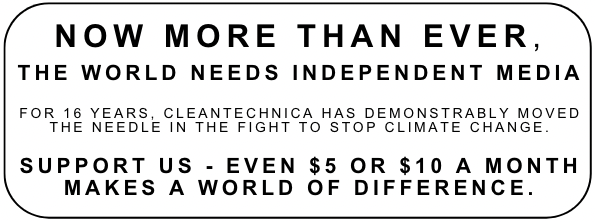
Dairy cows are ruminant animals that produce methane emissions. Methane is a potent greenhouse gas. Nitrous oxide, another greenhouse gas, is released from their manure and urine. Open manure storage can also generate methane. Energy is used to grow food for dairy cattle and that energy typically comes from fossil fuels. Combusting fossil fuels generates climate change emissions. Fertilizers used to grow food for cattle also release nitrous oxide when they are used and during their production. Synthetic nitrogen fertilizers generally are made by using energy from fossil fuels. Converting wild lands for cattle pasture releases carbon, and if wild land is converted today for the same use, more carbon is released.
Cows, the large, mostly docile animals, are a climate change contributor. “Cattle are the No. 1 agricultural source of greenhouse gases worldwide. Each year, a single cow will belch about 220 pounds of methane. Methane from cattle is shorter lived than carbon dioxide but 28 times more potent in warming the atmosphere, said Mitloehner, a professor and air quality specialist in the Department of Animal Science.”
Considering how high carbon dairy products are, there is also a lot waste. A huge amount of dairy milk doesn’t even make it to consumers. With dairy milk there are high carbon emissions for milk that is not consumed. Decomposing milk can generate methane, a potent greenhouse gas. Every year, some dairy cows die and they are rendered; the rendering process requires energy that generates some carbon emissions.
Ice cream made from dairy milk uses energy for mixing, churning, hardening, freezing, and distribution. The dairy milk is high carbon, and using electricity to make ice cream also generates carbon emissions because most ice cream is not made using solar power, wind power, or geothermal. (An alternative to dairy milk is plant-based milk which is lower carbon or much lower.)
Cheese too? Yep, sorry to the cheese lovers, but cheese made from dairy milk is high carbon. “Many people don’t realise the high carbon footprint of cheese (8.4kgCO2e/100g protein) which, on average, is almost double that of chicken (4.3kgCO2e/100g protein) according a study in Science. Soft cheese and plant-based alternatives generally have a smaller carbon footprint than hard cheeses. Hard cheese usually requires more milk than soft, which means higher emissions associated with livestock and farming. Hard cheeses are also usually cooked and aged for longer. The energy used to cook and then keep them cool as they age means that emissions from processing hard cheese are generally higher than soft or plant-based alternatives.”
If beef is the highest carbon food, or one of the top high-carbon foods, perhaps it is not surprising that dairy milk and dairy milk food products are also high carbon.

Sign up for CleanTechnica’s Weekly Substack for Zach and Scott’s in-depth analyses and high level summaries, sign up for our daily newsletter, and follow us on Google News!
Whether you have solar power or not, please complete our latest solar power survey.
Have a tip for CleanTechnica? Want to advertise? Want to suggest a guest for our CleanTech Talk podcast? Contact us here.
Sign up for our daily newsletter for 15 new cleantech stories a day. Or sign up for our weekly one on top stories of the week if daily is too frequent.
CleanTechnica uses affiliate links. See our policy here.
CleanTechnica’s Comment Policy
